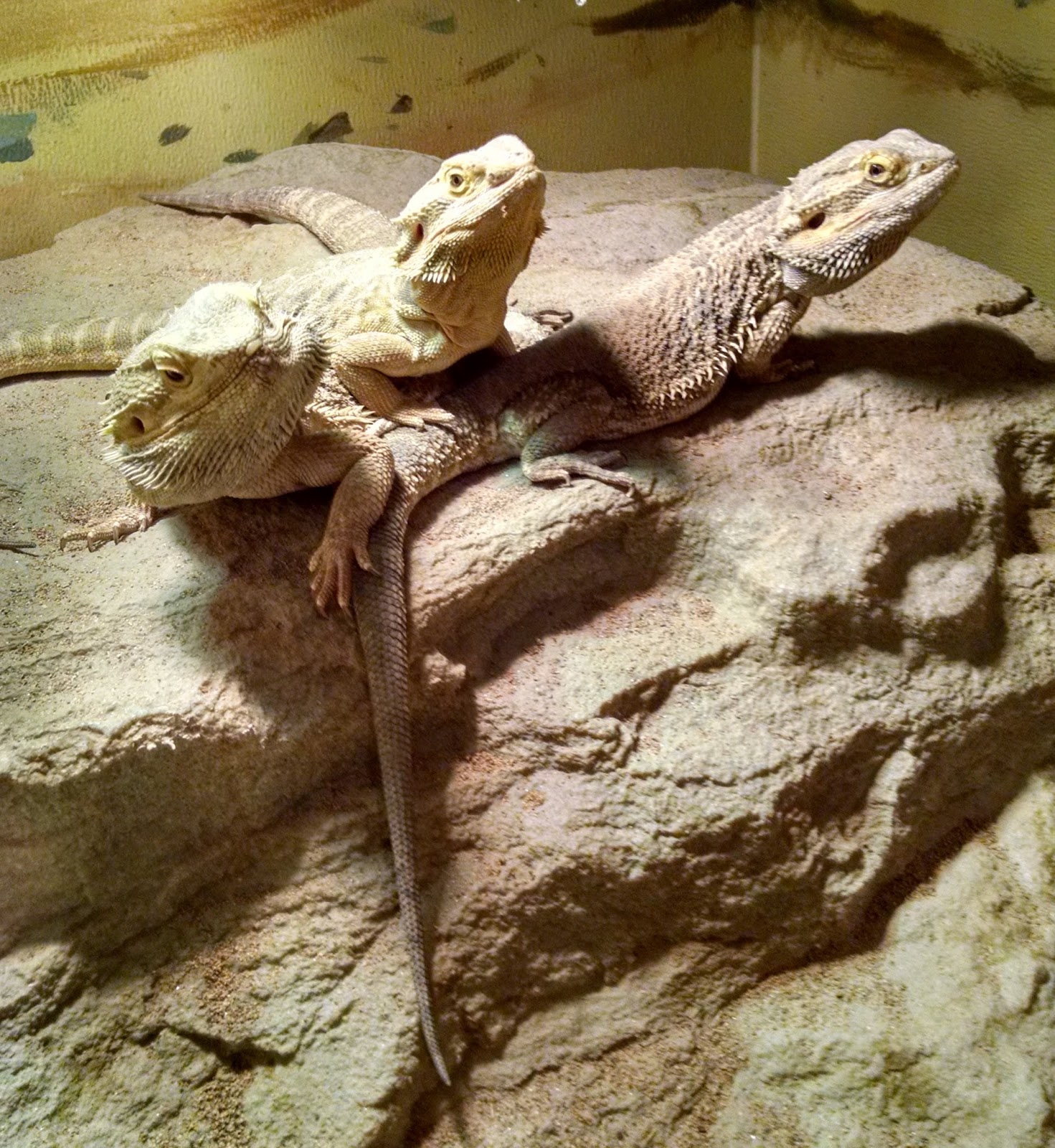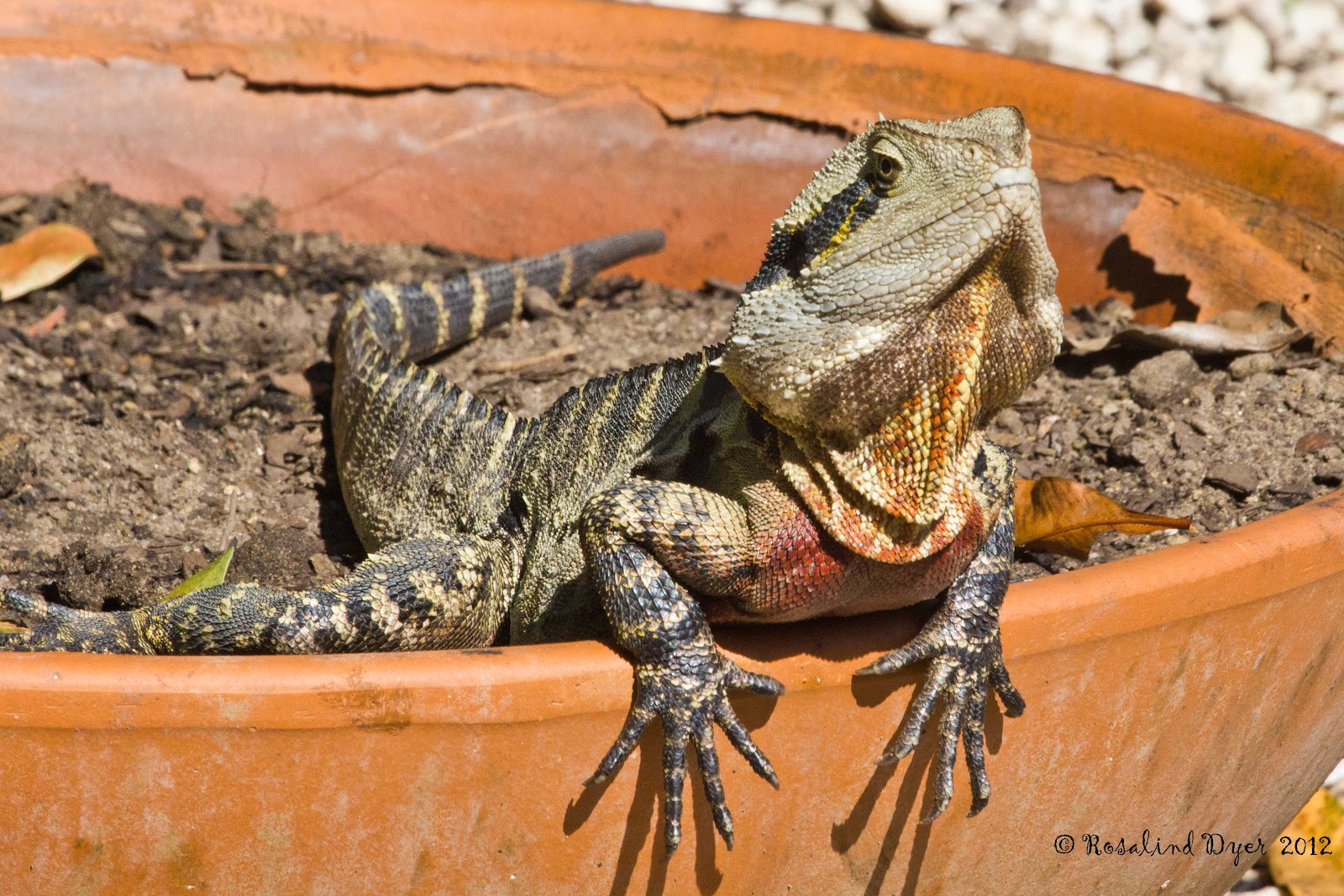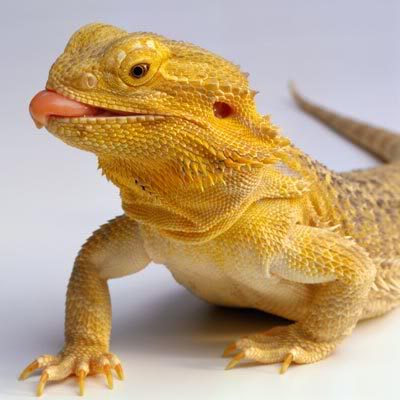10 Tips for Creating the Perfect Bearded Dragon Room
Why a Bearded Dragon Room is Essential for Your Pet’s Happiness
Creating a comfortable and safe living environment for your bearded dragon is crucial to their health and happiness. Unlike most pets, bearded dragons require specific lighting, heating, and humidity levels to thrive. Providing a designated space for your pet can make all the difference in their health and vitality. In this post, we will go over 10 tips for creating the perfect bearded dragon room.
1. Choose a spacious room
Bearded dragons require plenty of space to move around and exercise. Ideally, your bearded dragon room should be in a spare bedroom or unused space that is at least 10 feet long and 6 feet wide.

2. Keep the room well-ventilated
Bearded dragons need fresh air and proper ventilation to stay healthy. A well-ventilated room will also help regulate humidity levels and prevent the growth of harmful bacteria and mold.
3. Install UVB lighting
UVB lighting is essential for a bearded dragon’s health. Make sure to provide a full-spectrum UVB light that spans the length of the enclosure. The UVB light should be on for 10-14 hours per day.

4. Provide heat sources
Bearded dragons require a basking spot with temperatures between 100-110 degrees Fahrenheit. You can provide heat using a ceramic heat emitter, heat lamp, or under-tank heater. Make sure to use a thermostat to regulate the temperature and prevent overheating.
5. Add hiding spots
Bearded dragons need a place to hide and feel secure. You can create hiding spots using rocks, logs, or store-bought hides. Make sure to provide at least two hiding spots, one on the warm end of the enclosure and one on the cool end.

6. Install a humidifier
Bearded dragons require humidity levels between 30-40%. You can maintain proper humidity levels by using a reptile humidifier or by misting the enclosure with a spray bottle. Make sure to avoid over-saturating the substrate or the dragon itself.
7. Use an appropriate substrate
The best substrate for bearded dragons is a mix of topsoil and sand. This combination helps maintain proper humidity levels and prevents impaction. Avoid using loose substrates like gravel, wood chips, or corn cob bedding.

8. Provide fresh water
Bearded dragons need access to freshwater at all times. You can provide water in a shallow dish or by using a dripper system. Make sure to clean and refill the water dish daily.

9. Create a feeding station
Bearded dragons need a designated spot for feeding. You can create a feeding station by placing a dish in a separate area of the enclosure. Make sure to remove any uneaten food within 30 minutes to prevent spoilage.

10. Decorate with natural elements
Bearded dragons enjoy climbing and exploring natural objects. You can add branches, rocks, and plants to the enclosure to create a more natural and stimulating environment. Just make sure that any objects are cleaned and disinfected before use.

Conclusion
Creating a bearded dragon room is a labor of love that requires attention to detail and a commitment to your pet’s health and happiness. By following the 10 tips outlined in this post, you can create a safe, comfortable, and stimulating living environment for your beloved bearded dragon.
